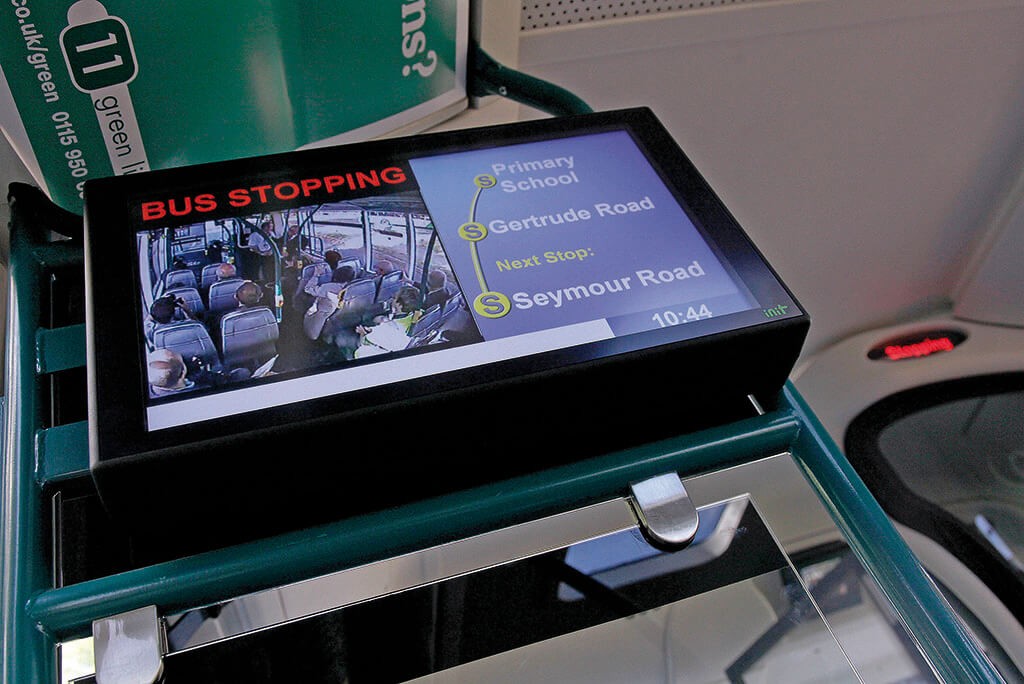Claire Walters, CEO of Bus Users UK, discusses the ins and outs of accessibility and the latest consultation surrounding it

There are lots of consultations and calls for evidence around at the moment for those of us who have lots of spare time over the summer. Among them is a consultation on a proposed new UK-wide law called the Accessible Information Regulation. […]
By subscribing you will benefit from:
- Operator & Supplier Profiles
- Face-to-Face Interviews
- Lastest News
- Test Drives and Reviews
- Legal Updates
- Route Focus
- Industry Insider Opinions
- Passenger Perspective
- Vehicle Launches
- and much more!


